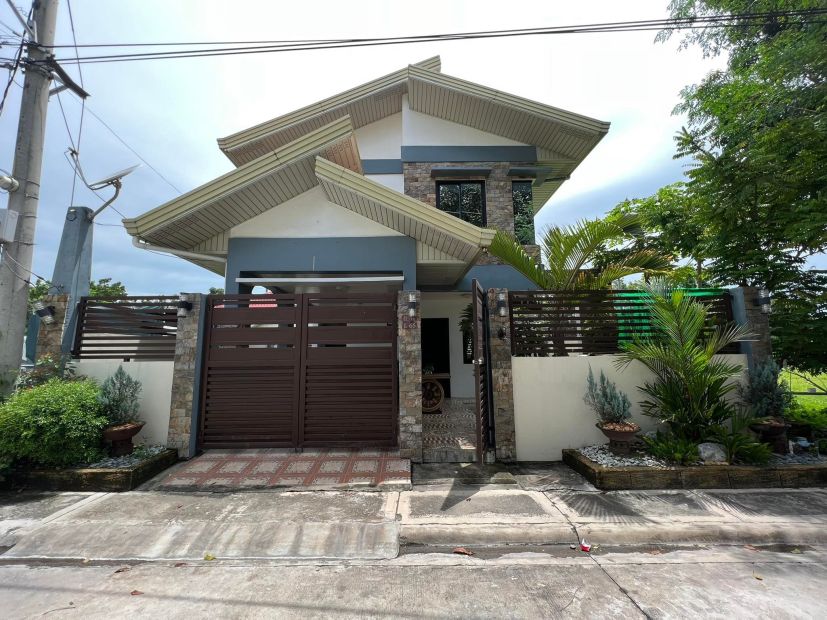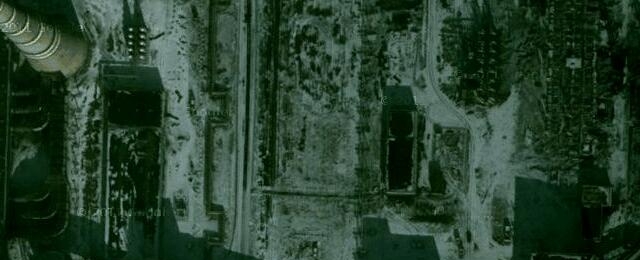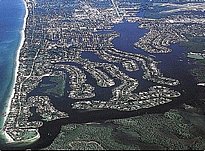

Urbanization and Water security: Two Ladders of Sustainable Development Depicting the water-insecure state of the soon becoming dysfunctional megacity, the paper suggests pathways for sustainable urbanization and water security management. The paper examines how the unprecedented wave of migrants and a rapidly growing population in a wrong urbanization setting has paralyzed the city in terms of water security. In this paper, the focus has been drawn to Dhaka, the fastest-growing megacity of the world, that is on the verge of collapse since reckless urbanization has gone far beyond the carrying capacity of the city. Water stress is acute in some cities due to increasing population and rapid urbanization (Ray and Shaw, 2019).

Cities growing through unregulated urbanization in developing countries are now the concentration centers of environmental degradation. While cities have become the engine for economic development, the cost of urbanization is not the same everywhere. Today, the Asia-Pacific region holds 17 megacities alone and the number will reach 22 in 2030 (Blum, 2015). By 10 years from now, 60% of the world population will be living in cities (UNDP, 2016). Urbanization is going fast outpacing wars and even natural calamities.

The frequent presence of skyscrapers in developed cities is going to be the global view in near future. The city direly requires integrated and short-term implementable policies to tackle this ever-evolving multi-dimensional crisis.

The sustainability of the city’s natural and human environment is now under serious threat. Scarcity of pure drinking water, polluted surface water, vanishing groundwater reserve, abysmal sanitation, and vulnerability to hydro-hazards have become familiar phenomena to the city residents. This unregulated and uncontrolled urbanization of Dhaka is now creating pressure on the city’s water resources, lowering people’s living standards. The city has taken a haphazard direction to expand in terms of population and areal extent. Tides of migrants and rising population accompanied by unrealistic planning and improper administrative handling helped the city grow spontaneously. We found that the comprehensive urbanization quality and the index of economic efficiency, urbanization level, and environmental quality showed an upward trend with significant regional differences and spatial agglomeration distributions, but the level of agricultural development and urban–rural co-ordination have declined in recent years the ranking and distribution of urbanization quality, including agricultural development, varied significantly, and the number of cities belonging to the good co-ordination mode decreased as some cities changed to a lower level and urbanization that does not sacrifice the agricultural capabilities of MGPAs could improve urbanization quality and implement the SDGs.Dhaka, the capital city of Bangladesh is urbanizing fast surpassing many other cities of the developing world. For the specific targets of the SDGs, this study established two sets of multidimensional indicator systems, whether including the goals of food and agriculture, and tracked the progress toward improving urbanization quality of China’s MGPAs, including 128 prefecture-level cities, during 2010–2018. The establishment of an index system based on SDGs can more effectively measure the urbanization quality of MGPAs. China’s MGPAs not only undertake the task of promoting urbanization but also of ensuring food security. The Sustainable Development Goals (SDGs) adopted by the United Nations in 2015 guide the important direction of high-quality urbanization in China’s main grain-producing areas (MGPAs), and improving the quality of urbanization is also crucial to achieve the SDGs.


 0 kommentar(er)
0 kommentar(er)
